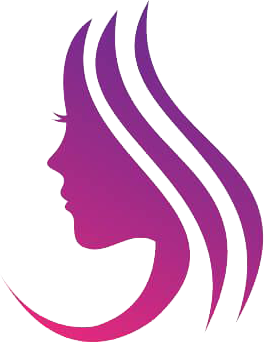With her enduring presence in Hollywood and captivating performances, Rachel Weisz has consistently garnered attention, not only for her acting prowess but also for her striking appearance. Recently seen at Paris Fashion Week, Weisz’s youthful radiance serves as a testament to her effective balance of personal style and physical fitness. The acclaimed actress, known for her roles in major films such as *The Mummy* and *Definitely, Maybe*, has revealed insights into her workout regimen, which reflect a blend of personal preference and practical fitness philosophy.
In an industry that often prioritizes drastic weight loss and rapid body transformations, Rachel Weisz’s candidness about her fitness approach is refreshing. Unlike her husband, Daniel Craig, who undertook a rigorous training routine as part of his preparation for his iconic role as James Bond, Weisz adopts a more moderate strategy to maintain her physique. She openly discusses her preference for general exercise over intensive weightlifting, candidly stating, “If I lifted weights, I’d get huge.” This indicates a clear understanding of her body type and a tailored approach to her fitness that prioritizes harmony and well-being over extremes.
Weisz’s choice to engage in activities like running and Pilates reflects the growing recognition of low-impact workouts and their multitude of benefits. This mindful approach aligns well with Nancy Best, a personal trainer and founder of Ladies Who Crunch, who advocates for the effectiveness and appropriateness of Pilates, especially for new mothers. Pilates, a low-impact exercise form, not only aids in physical rehabilitation but allows women a safe space to reconnect with their bodies post-pregnancy. In a world where women often feel pressured to achieve a pre-baby body too quickly, Weisz’s intuitive decision to focus on her physical well-being before aesthetics deserves acknowledgment.
Amid public conversations about fitness, misconceptions abound, particularly regarding women and weightlifting. Weisz’s apprehension about lifting heavy weights stemmed from the fear of becoming overly muscular. However, experts like Best clarify that achieving a visibly muscular body requires a well-defined and rigorous program, significantly distinct from typical strength training. The process of muscle-building entails stricter regimes, dietary considerations, and genetic predispositions which, for many women, are not intrinsic.
Best further dispels the myth that casual weightlifting leads to rapid muscular growth. She emphasizes that the hormonal differences between men and women play a crucial role in muscle development. With women producing substantially lower testosterone levels than men, the capacity to bulk up is inherently limited. More importantly, these considerations highlight the importance of empowering women to engage in weightlifting without fear of “bulking up.”
As women age, maintaining bone density becomes paramount, particularly in preventing conditions like osteoporosis. Weightlifting, even at moderate levels, fundamentally supports bone health and plays a critical role in counteracting age-related decline. Weisz’s approach, while marked by minimalism, echoes the broader message of sustaining a balanced routine that prioritizes strength training and longevity.
The focus on moderate exercise for Weisz also hints at a more profound understanding of aesthetics. By referring to herself as “naturally muscly,” she touches upon the interplay between body composition and visibility of muscle. Factors such as body fat percentage, nutrition, sleep patterns, and adherence to a consistent regimen all contribute to how muscle manifests in one’s physique. Best suggests that to achieve a leaner appearance, women often need to maintain lower body fat levels, which is attainable with a mix of proper exercises, nutrition, and recovery.
Ultimately, Weisz’s fitness philosophy reflects a more holistic approach to wellness. By blending moderate strength training with exercises that emphasize flexibility, mobility, and core strength, she cultivates a balanced fitness regime. Her preference for workouts that extend beyond traditional weightlifting, favoring modalities like Pilates and yoga, showcases an awareness that fitness isn’t solely about aesthetics; it’s about feeling grounded and healthy.
Rachel Weisz is more than just a glamorous figure on the red carpet or a beloved actress on-screen. She represents an evolving narrative in the fitness discourse, one that gracefully advocates for sustainable practices, a positive body image, and the significance of balancing physical health with emotional well-being. Her story invites both women and men to reconsider their approach to fitness, embracing individualistic routines tailored to their bodies, lifestyles, and personal goals.

